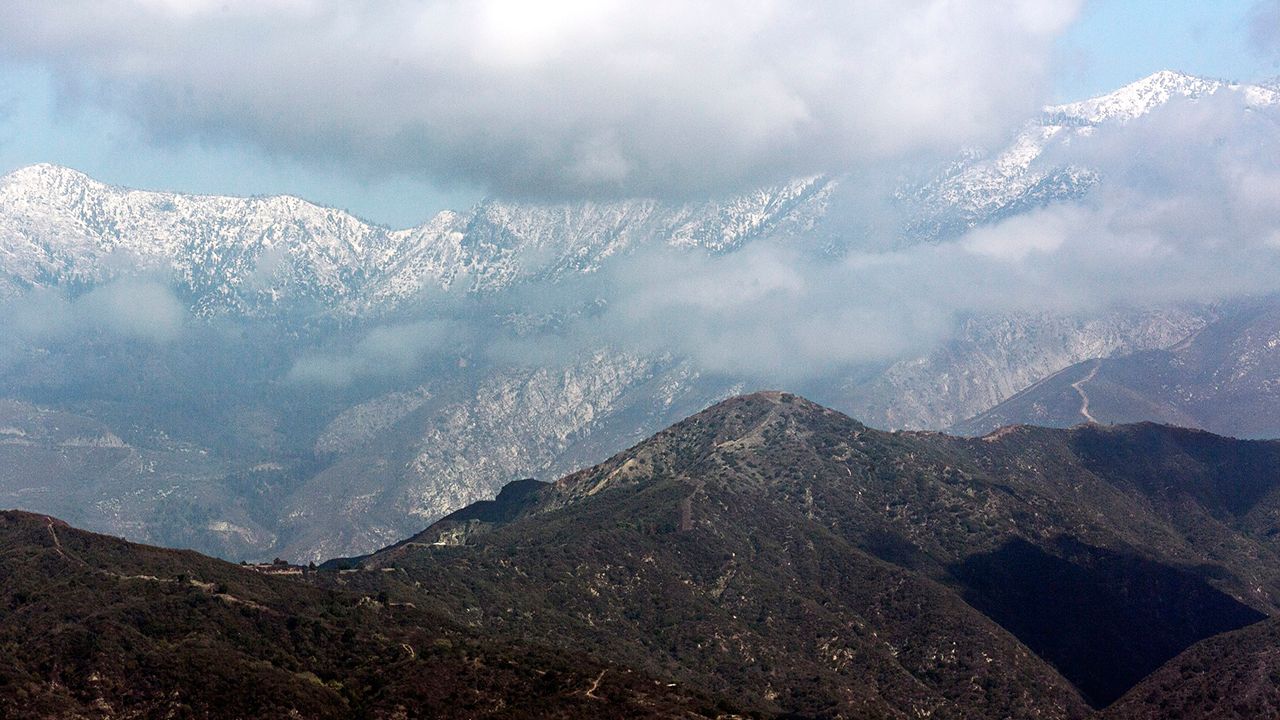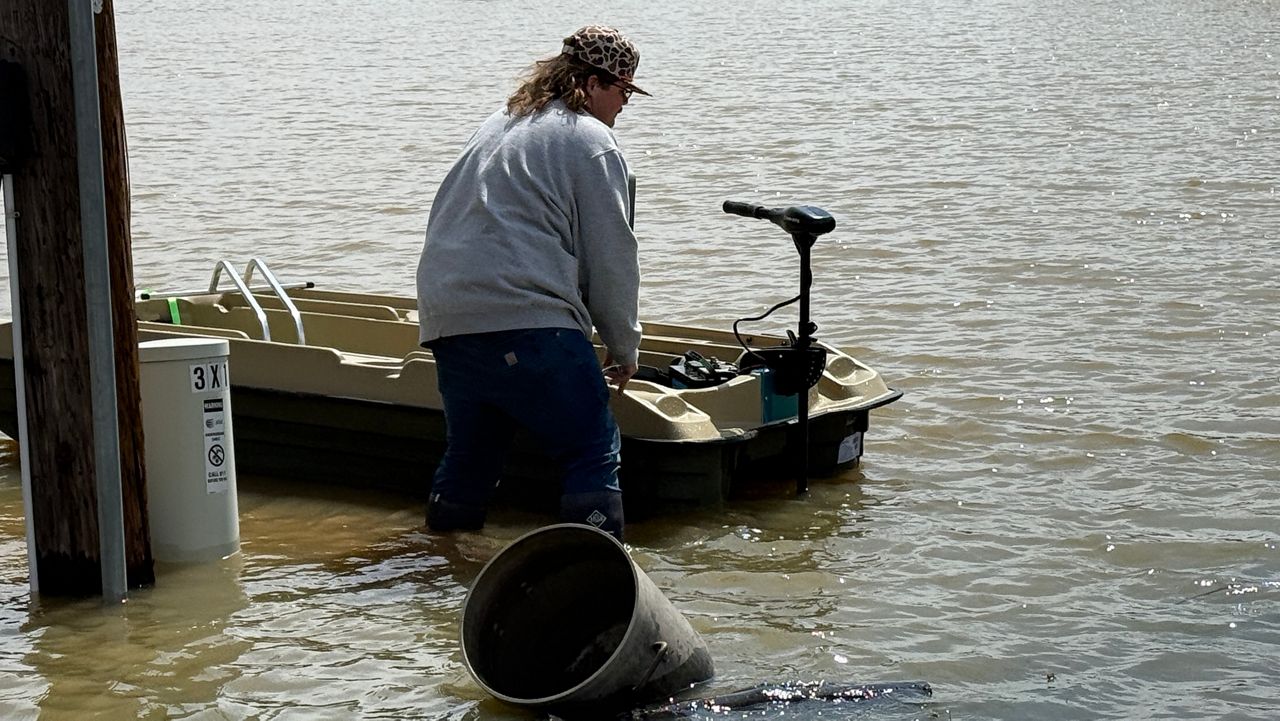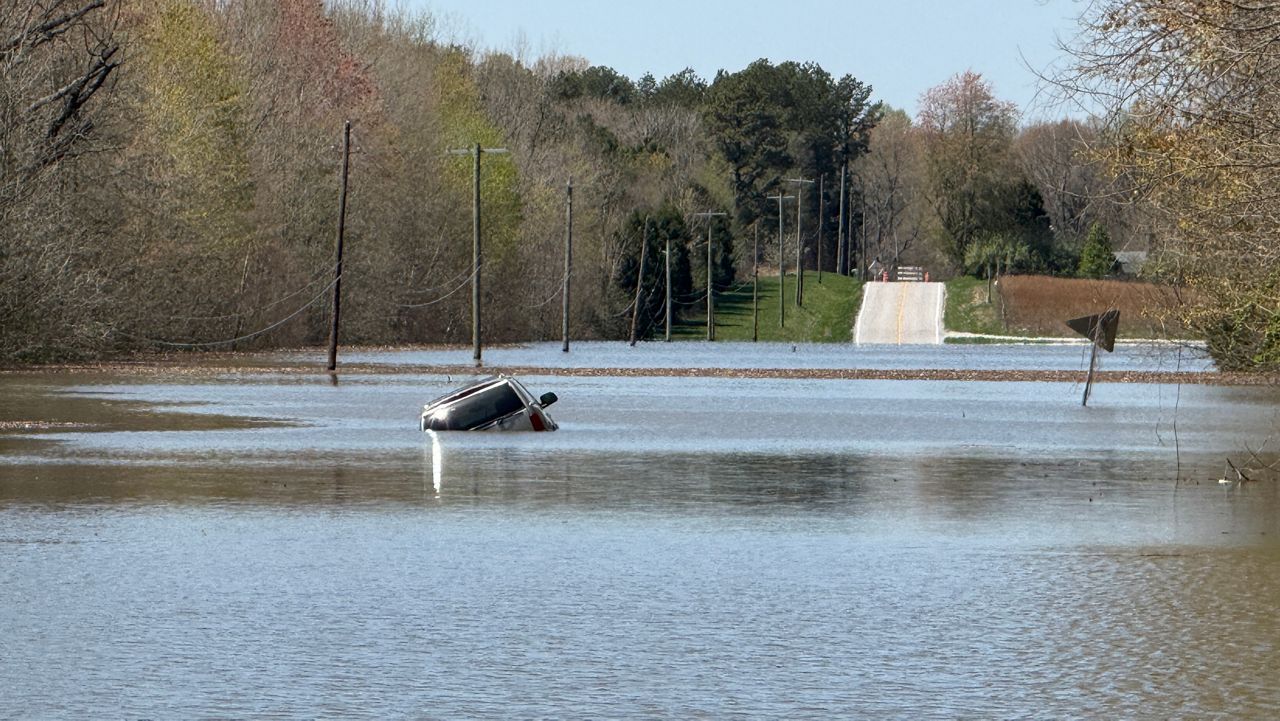BELLEVUE, Ky. — A once-in-a-lifetime discovery in Kentucky has been valued at more than $2 million, but the history that was unveiled when a man found over 800 buried Civil War era coins is priceless.
Coin experts explained to Spectrum News 1 why it was such a special find, and how collectors can get their hands on a piece of it.
Justin Couch has a lot of valuable coins in his collection. The northern Kentucky-based content creator is one of the prominent voices in coin collection across social media platforms under the channel name Couch Collectibles.
He ships coins, makes podcasts and videos on Facebook and YouTube, and sells coins while live streaming.
So it takes a lot to make Couch’s eyes light up, and this latest discovery certainly qualifies.
“It’s a discovery of a lifetime. Every metal detector’s dream is to find something like this,” Couch said. “If I found it, I would definitely keep a couple of them for my personal collection, and then probably sell the rest of the hoard.”
People in the coin—or numismatic—world are calling it the Great Kentucky Hoard.
A few months ago, a Kentucky man discovered over 800 Civil War era gold coins buried in a Kentucky field. That was as much specificity Certified Collectibles Group Executive Vice President Andrew Salzberg will give on the “who” and “where.”
As for the “what,” Salzburg said, “This is probably one of the more significant discoveries of coins that were buried in the ground, probably within the last 50 years.”
In the Middle East and Europe, valuable coins are found in the ground more commonly than they are in the U.S., making the hoard that more rare. It consists primarily of one-dollar coins and some 20-dollar coins that are even more rare.
“The condition that they were found in is just unheard of.”“A few of the coins actually graded the finest known. So they have the highest grade that we have seen of that coin to date,” Salzberg said. “The condition that they were found in is just unheard of.”
Numismatic Guaranty Company, the leading authority on authentication, grading, conservation and preservation of numismatics, certified all the coins as genuine. They’re now worth a lot more than those original one and 20-dollar values.
“Our opinion is that the total value of the hoard exceeds $2 million,” Salzberg said.
As he explained, so much of numismatics is about history
“When something like this comes in, which is extraordinarily rare, I can only compare it to shipwreck discoveries, things that have been in the ocean for hundreds of years,” Salzberg said. “And you start to think about: how did the coins get there in the first place? Why were they buried in the ground? The only hypothesis that I can come up with is that these were buried around the time of the Civil War or shortly thereafter.”
It was probably somebody that was looking to preserve or hide some of their wealth, Salzberg postulated.
“Burying them in the ground where no one else knew where they had been buried would be an effective way of doing that.”
Because of the way the coins were found and the story behind them, Salzberg said they’re actually worth a premium over and above what other coins of the same type might be worth.
“It kind of gives me chills that they had been in the ground for maybe 150 years or so, and now we’ve gotten the chance to see them, to conserve them, to bring them into the best possible condition they can be in. And now collectors can actually enjoy them,” he said.
NGC cleaned and encapsulated the coins. They’re now available for collectors to purchase through govmint.com.
“They don’t have many left, of course. People wanted to get their hands on these as quickly as possible,” Couch said. “It’s just a really desirable piece of history now. I would like to get one. Not the $110,000 20-dollar gold piece. But I would like to get the two one-dollar gold coins. I think they’re running around $3,400, $3,500 range. So I’m still thinking on it.”
In the meantime, Couch said it’s time to break out the metal detector.
“I actually live in a house that was built in the late 1800s, so I need to check the front yard and see if any old silver coins might be in there,” he said.










